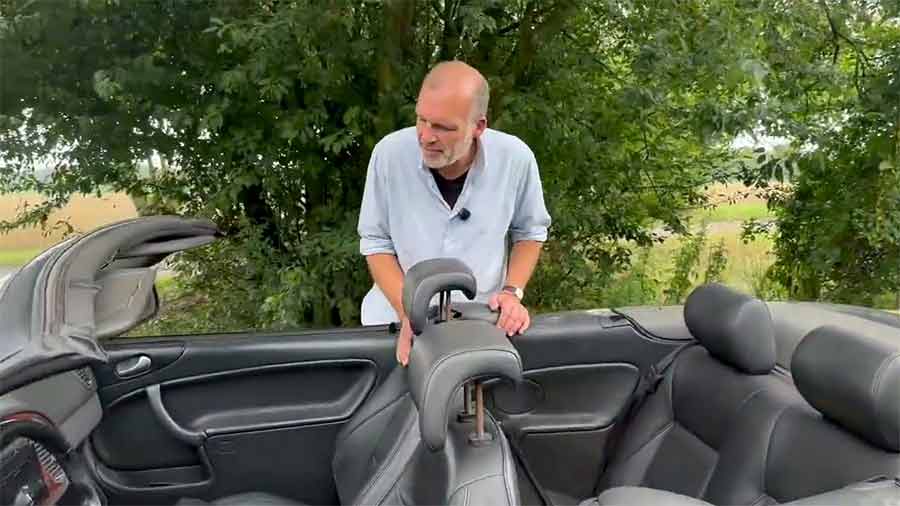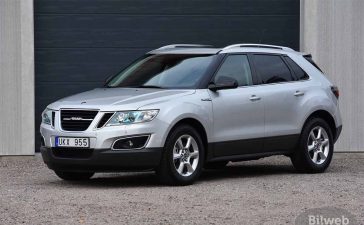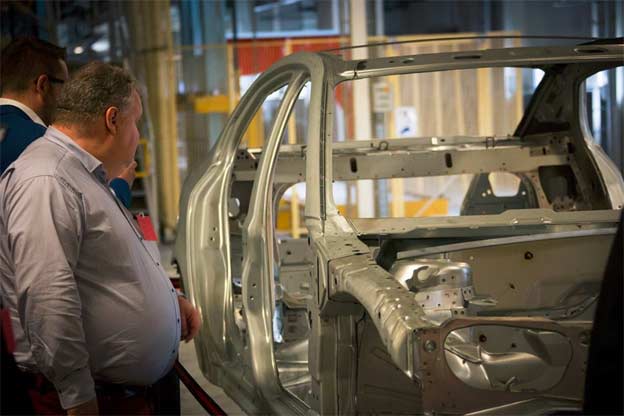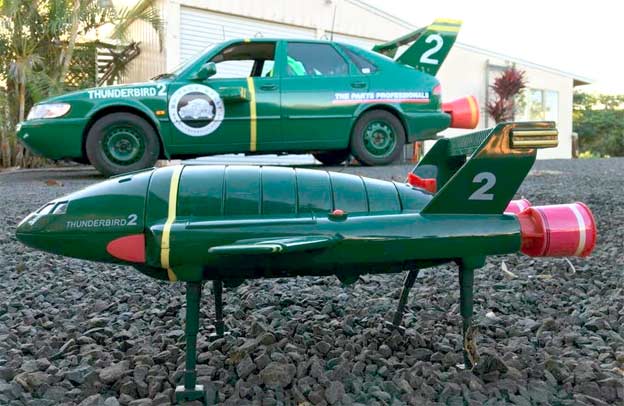There’s a crisp honesty in the way the Automobile Depression channel approaches cars: no velvet ropes, no marble showrooms, just everyday machines that still have a pulse. In the featured review, Jochen turns his camera to a Saab 9-3 Convertible and asks the question every summer shopper should: is the dream within reach – or just a drafty promise?
He starts where most classifieds end: a hydraulic fabric roof that still cycles with a single switch, a spacious trunk for a true four-seater, and a used-market price that sounds almost suspiciously friendly.
Then he does the impolite thing good reviewers do: he pokes where it hurts – broken microswitches, aging plastics, and electrical gremlins common to cars that have been “improved” one owner too many. The result is not a lecture, but a realistic portrait: a car that can still deliver roof-down magic, provided you go in with a checklist and a little mechanical empathy. If summer is meant to be enjoyed, the 9-3 Convertible makes a compelling case – so long as you respect its age and its Swedish quirks.

From GM Shock To Saab Shape: Why This Cabrio Looks And Feels Right
To understand the 9-3 Convertible in this video, you zoom back to the late-1990s, when Saab’s first GM-era car landed with the weight of expectation on its cowl. Underneath lived Opel hardware – Vectra A bones and an Opel Astra-sourced rear axle – which sent purists to their fainting couches. But the Swedes kept the pen and, crucially, the packaging: this generation was co-developed as a convertible from day one, not a lopped-off afterthought.
That matters; it’s why the body feels more coherent than many peers of the time, even if cowl shake is part of the open-top deal. Jochen highlights the cockpit that still reads like Saab: the big curved instrument oval, the Night Panel that dims everything but the speedo at night, and an ergonomic seat-to-wheel relationship that fits like a tailored jacket. The verdict is subtle but clear: GM’s parts bin didn’t erase the Saab-ness; in important ways – design, posture, and cabin logic – it sharpened it.
Yellow Fever, Or: When “Mellow Yellow” Isn’t
The car in front of the lens wears loud paint, and that instantly cues a history detour. Back in 1997, the Saab 900 “Mellow Yellow” limited model – executed with Swiss tuner Rinspeed – became a collector curiosity with unique trim, wheels, and even an IWC pilot’s watch delivered to buyers. Jochen’s honesty is disarming: this particular 9-3 is not a real Mellow Yellow, nor the correct tone, nor the correct trim – just an owner’s tribute laid over what was originally a black car.
That distinction matters, because authentic Mellow Yellow cars are collectible, while tribute paint is just that. He quotes the market in broad strokes: well-kept 900/9-3 Convertibles can be found around €5,600, while clean Mellow Yellows and even the associated IWC watch can land near €8,900. Then there’s this specific example – more tired, more compromised – priced around €2,000, and appropriately framed as a project.
Key insight: bold color doesn’t make the provenance; documentation and the right details do.
Turbo Heart, Chain Timing, And The One Job You Must Do
Under the hood sits the 2.0-liter turbo four, here in 150 hp tune rather than the earlier 185 hp spec found on some first-wave cars. It’s not a race motor, but Jochen finds the character still intact: elastic torque low in the revs, a gentle swell rather than a spike, and enough urge to make back-roads top-down driving feel unhurried and adult. Mechanically, the headline is friendly: timing chain instead of a belt, which generally lowers maintenance anxiety.
But there’s also the non-negotiable: these Saab turbo fours can suffer oil-sludge buildup if oil changes were neglected, so the responsible first service on any unknown car is to drop and clean the oil pan, renew the gasket, and reset the maintenance clock. He also flags the Direct Ignition (DI) cassette as a known wear item – available, but not cheap – and reminds the audience that parts support is strong thanks to GM commonality and active Swedish suppliers.
Key insight: if you buy one used, your first act is preventive surgery on the lubrication system; your second is a thoughtful baseline service of plugs, filters, and fluids.
Roof, Trunk, And The Quirks That Keep It Interesting
For all the romance of a fabric top, the joy lives or dies on the hydraulics. The 9-3’s electro-hydraulic system, with roughly seven electric motors, still impresses Jochen by working exactly as intended: press, hold, cycle, latch by hand, and done. He appreciates the glass rear window with defroster – a small luxury that ages far better than flexible plastic. There’s also the Saab-ish convenience puzzle: electric trunk releases that quit, interior switches that refuse to cooperate, and a clever key-fob-to-trunk workaround that saves the day when microswitches go on strike.
The lesson isn’t that the car is fragile; it’s that small, neglected systems on 25-year-old convertibles will need attention—especially seals that, when unloved, let water creep into headrests and trim. If you’re methodical—clean and condition the top fabric, lubricate the roof joints, and keep hydraulic fluid at the proper level—the system tends to repay the care.
Key insight: a working top is half the value of a used convertible; verify it, preserve it, and budget for small fixes before the first beach run.
On The Move: Steering Feel, Shake, And The Berlin Reality Check
Driving impressions are refreshingly mundane – and that’s a compliment. On battered city cobbles and 30 km/h limits, the 9-3 Convertible still feels poised, with direct steering that gives a small, satisfying slice of Saab’s old handling ethos. Jochen notes constant fidget through the wheel, the kind you get from thin-sidewall “Turbo” wheels and the inherent compromises of a roofless structure.
Watch the full review on YouTube
If you want to experience the full charm of this yellow Saab 9-3 Convertible – complete with Jochen’s dry humor, honest mechanical insights, and that unmistakable German enthusiasm – watch the full video on the Automobile Depression channel:
He’s quick to frame it: Mercedes and BMW cabrios do it too – just a bit less – and many contemporaries, like Volvo’s C70, can feel looser still. What you gain is calm turbo torque that lets you pull from low speed in fourth, the sort of relaxed flexibility that makes traffic and boulevards enjoyable rather than fussy. And because this is a real used car, the instrument MIL lamp is on, the automatic climate control acts up, and the A/C may be AWOL – all teachable realities of buying an older convertible.
Key insight: it’s not speed that sells this car; it’s the way it de-stresses everyday driving while keeping you connected to the road.
What To Inspect Before The First Sunset Drive
The most valuable segment of the video may be the practical checklist delivered between the lines. First, electrics: avoid cars riddled with aftermarket immobilizers, radios, sensors, and miscellaneous wiring – that’s how you get parasitic drains and dead batteries after a week. Second, brakes: northern cars often see caliper seizure, warped or blued rotors, and sticky sliders – budget for calipers/rotors if inspection tells a grim story.
Third, rust: this generation’s convertibles generally resist rot better than earlier Saabs, but rear axle mounts and the twist-beam deserve a careful look. Fourth, suspension and body hardware: broken tabs, tired bushings, and aged plastics can be sourced, but they take the shine off your first season if you ignore them. Finally, the soft-top system: verify full, smooth cycles; lubricate the joints; confirm hydraulic fluid level; and assume that proactive care costs less than reactive repair.
Key insight: buy the most original, least-modified car you can find, then baseline everything before you chase options or cosmetics.
Heart Versus Head – And Why The Saab Still Wins
Jochen’s closing thought is classic Saab: you don’t buy a 9-3 Convertible to win spec sheets; you buy it because it feels right. That “rightness” isn’t mystical. It’s a cocktail of ergonomics that still work, an engine that pulls with easy confidence, and a design that reads quietly distinctive even when the paint isn’t period-correct. It’s also a reminder that rational ownership is possible.
Good examples remain affordable, parts are findable, and the DIY-friendliness of core jobs (short of brake hydraulics, which deserve professional hands) means you can keep control of the narrative. Factor in the Night Panel theater, the weathered-leather charm, and the way warm air swirls through a cabin that still seats four adults, and you end up with a summer car that doesn’t need to apologize for being sensible.
Key insight: call it a heart decision if you must – but here, the head can make peace with the numbers.












NG9-3CV is sturdier than OG9-3CV.
Mijn lievelings auto